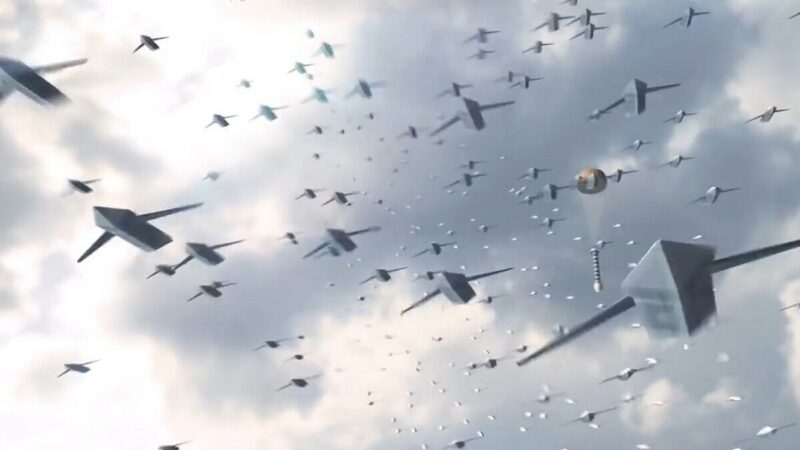If support for Ukraine is at the heart of the strategic concerns of the American executive, it is the defense of Taiwan which, for several years, has given nightmares to the strategists and planners of the American armed forces. Indeed, most of the simulations and wargames carried out in recent years show that protecting the independent island since 1949 from a massive assault launched by the People's Liberation Army in a few years' time will be a task that is both one of the most difficult and most perilous for US forces. Between the hypotheses of massive preventive strikes against the island and against the American military bases present in this theater (Japan, Guam, etc.), the increasing access denial capabilities of the PLA's anti-ship and anti-aircraft systems , and the immense capacity of projection of naval and air power that can be mobilized by Beijing, the scenarios show that, given the state of American and Taiwanese military and technological capacities, preventing the fall of the island in less than 15 days will turn out to be very difficult.
Since the American armies cannot preventively deploy defensive capacities on the island of Taiwan without provoking a massive and immediate response from Beijing, and the deployment and protection capacities of the existing means on the surrounding American bases are already at saturation point, the only solution that could allow the Pentagon to counter such an offensive could only rely on new technological approaches and capabilities. Thus, the US Navy is betting on an extension and modernization of its fleet of nuclear attack submarines, as well as on the reinforcement of the reach and the protection of its carrier battle groups, in particular against new anti-ship threats. , while accelerating its transformation towards a mixed fleet composed of traditional vessels and unmanned vessels. For the US Marines Corps, this involves relying on a new doctrine and new cooperative engagement capabilities to increase the mobility, survivability and lethality of its units. As for the US Army, it has embarked on a new BIG 6 super program aimed at radically changing its engagement capabilities in the coming decade.

The US Air Force, for its part, faces very significant constraints in trying to respond to these hypotheses. Indeed, its regional airbases are very exposed to Chinese preventive strikes, while being at distances vis-à-vis Taiwan at the limit of the range of its tactical fighters, while the access denial capabilities of the Chinese fleet and air forces can potentially prevent it from seizing air superiority in this theater of operation, including for its most modern stealth fighters. To respond to this tactical impasse, the US Air Force also intends to rely on new technological capabilities. One of them will be the Next Generation Air Dominance Program, or NGAD, which is supposed to provide a 6th generation combat aircraft by the end of the decade to replace the aging F-22s. On the other hand, it intends to rely on its new standoff capabilities, in particular on future airborne hypersonic missiles, to destroy Chinese offensive capabilities. But both will only be able to deploy their full potential if they have intelligence to locate and identify Chinese forces in real time. For it, simulations have shown that the best response is none other than the drone swarm.

The rest of this article is for subscribers only
The Classic subscriptions provide access to
all articles without advertising, starting at € 1,99.
Newsletter subscription
Register for the Meta-Defense Newsletter to receive the
latest fashion articles daily or weekly


[…] […]